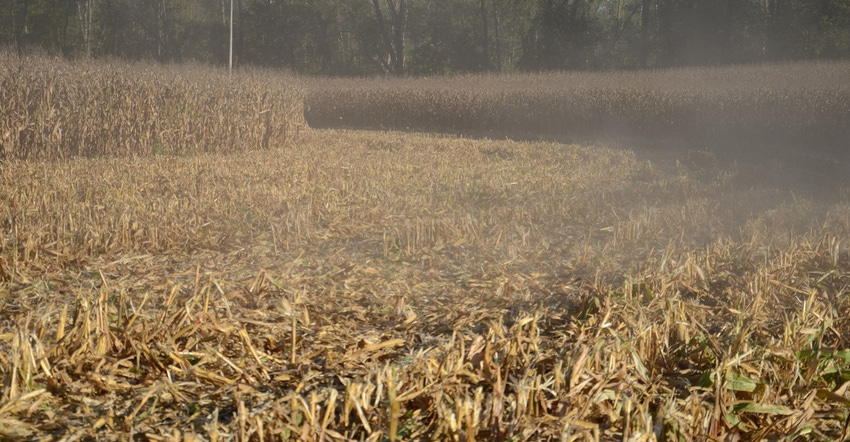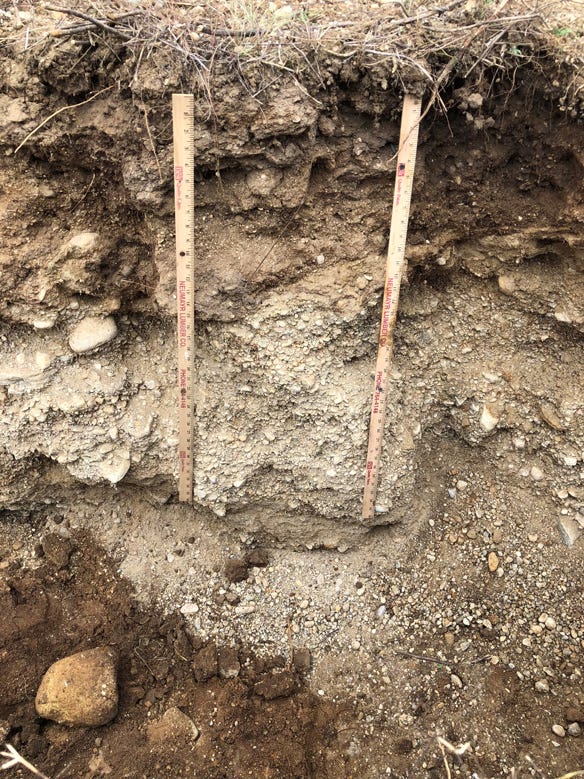
Do you sample by grids or soil types? Or maybe you sample by management zones? Are you using the correct method?
Greg Kneubuhler says there is no one right answer. The method needs to make sense in the field where you’re sampling. Kneubuhler operates G&K Concepts near Harlan, Ind.
“For most of the areas where we pull samples, we’ve found that soil test results will be most repeatable over time if you pay attention to soil types,” he says. “If there is more than one soil type in the field, which is often the case in the eastern Corn Belt, particularly in Indiana, Ohio and Michigan, you could introduce inconsistency if you mix cores from one soil type with cores from another soil type in the same sample.”
That’s because important properties such as organic matter and cation exchange capacity differ from soil to soil, he says. He pays attention to CEC because it’s a measure of how many nutrients a soil can hold.
“A dark, black soil may be comparable to a 55-gallon drum,” he explains. “It can hold lots of nutrients. A sandy soil may be more like a 5-gallon bucket because it doesn’t have the ability to hold on to very many nutrients at one time. You will make changes more quickly in the sandy soil than the dark soil if you need to adjust things like pH by adding lime. But you also need to typically apply smaller quantities of nutrients more often in low CEC soils.”
If the two are mixed together in one sample, the results from the soil test may not reflect what plants see anywhere, he observes.

LOW NUTRIENT HOLDING ABILITY: This soil won’t hold much water or nutrients. The topsoil is gone, long since eroded away. Coarse sand and gravel showing up at about 16 inches limit rooting.

Kneubuhler typically advises building soil-testing zones starting with soil type. He includes other layers of information, beginning with yield data. Past yield performance may help tweak which areas should be treated alike.
If you pull consistent soil cores at the same depth and sample on a regular rotation, you can build up soil test history, he says. Typically, higher-testing and lower-testing areas for each soil nutrient will separate themselves. Often, you can relate that back to CEC and the ability to hold or not hold as many soil nutrients.

SAMPLE SEPARATELY: This pit is only 150 feet from the sand and gravel pit pictured above, but you wouldn’t want to sample them together. This soil includes a foot of topsoil and is dark and wet. It holds on to nutrients and water.

“The bottom line is that if you sample using common sense, you can then build prescription maps to apply nutrients where they’re best needed,” Kneubuhler explains. “If you’ve got that heavy soil and sandy soil in the same field, you’re likely going to vary rates.”
Equipment exists today that makes variable-rate application accurate, he concludes.
About the Author(s)
You May Also Like




